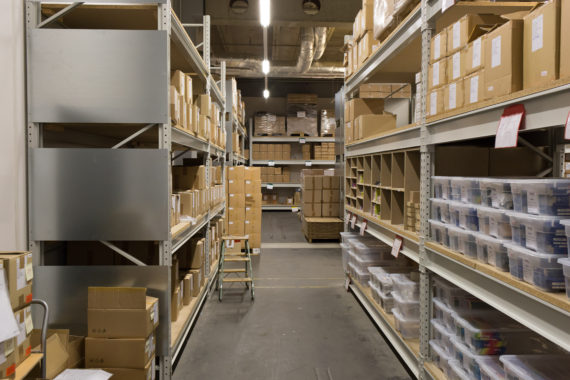Visiting Kaweco in Nuremberg
End of last year I had the opportunity to get a tour of Kaweco’s premises in Nuremberg, lead by none other than Sebastian Gutberlet himself. He is the son of Michael Gutberlet – the man who brought Kaweco back in the 1990s.

Kaweco did offer a tour of their premises at the time the Insights X trade fair was on, but back then I didn’t have the time to take this offer up.


The offices and the factory are actually just next to Nuremberg’s convention centre. They will soon house a shop and a museum, too.


As you might know, Kaweco used to be based in Heidelberg (where Lamy is), but since Michael Gutberlet brought it back to life in the 1990s it is based in Nuremberg (where Staedtler and many other stationery manufacturers are).


The factory visit was actually supposed to take place a few days earlier, but illness meant that our family’s trip to Germany was delayed. Luckily we were able to rebook the ferry. Kaweco was happy to accommodate, but as the tour now took place on 23rd December, with December 24th being kind of the most important Christmas day around here, there were no workers in the factory assembling pens and I couldn’t see (or film) the machines in action.


That was a shame, I would have loved to see how fast workers are assembling Kaweco pens. At least I’ve seen this type of machine in action before ..when Kaweco let visitors assemble their own pens at Insights X.

In case you wonder: the plastic parts for the pens aren’t made at this location. They are designed by Kaweco but outsourced as you’d need a lot of expenditure for machines etc if you’d want to make all the parts yourself. The parts are however all coming back to Nuremberg to be assembled here. Depending on how big the batch or order is the pens can also be engraved here.

Except housing the machines these premises also include the warehouse, which was busy because annual stocktaking was just taking place.


Since we were in Nuremberg anyway and it was just before Christmas we used to opportunity to visit Nuremberg’s Christmas market, probably the most famous one in Germany. By the way, Sebastian’s Ewok hat in the following picture from Nuremberg’s Christmas market that day was handmade by Shangching from East…West…Everywhere.

We had a great day visiting Kaweco and Nuremberg. I hope I will have a chance to go back there once the museum and shop are officially open.
Visiting Kaweco in Nuremberg Read More »





